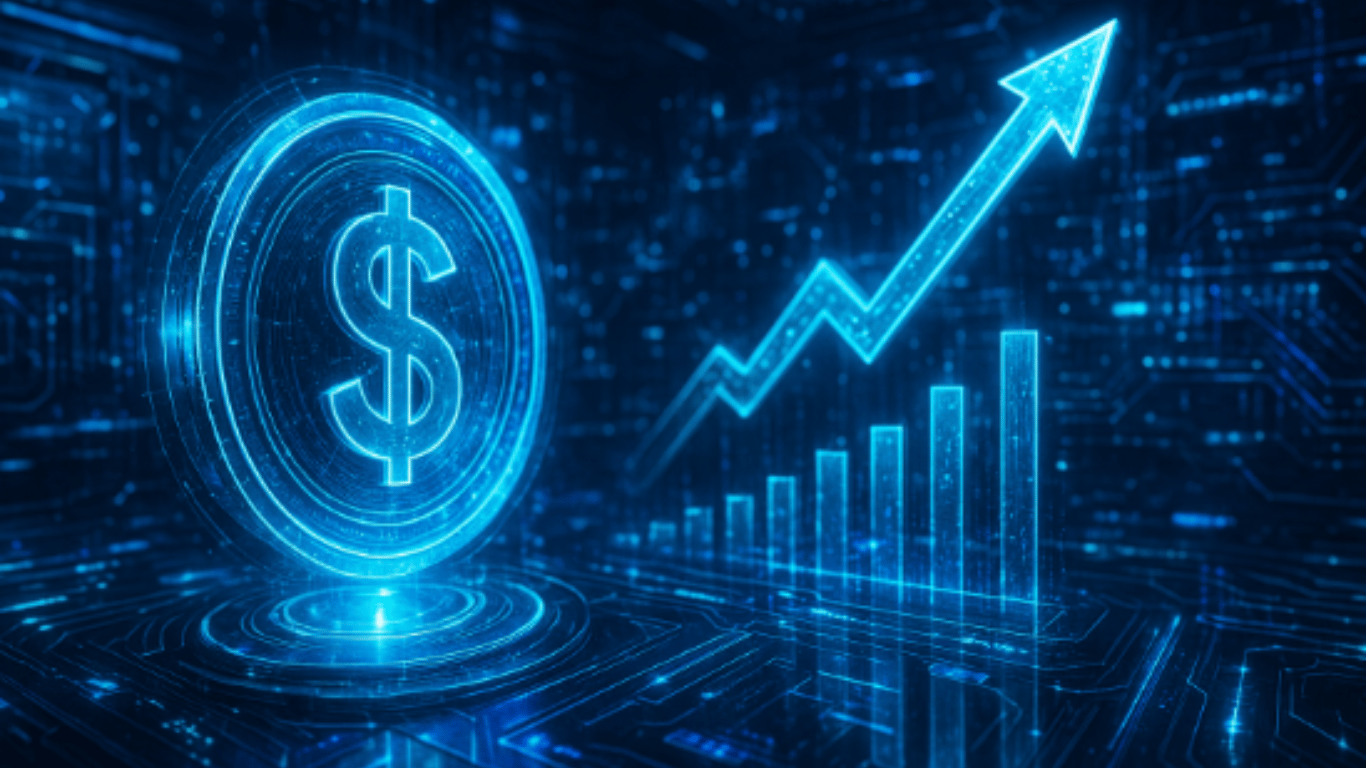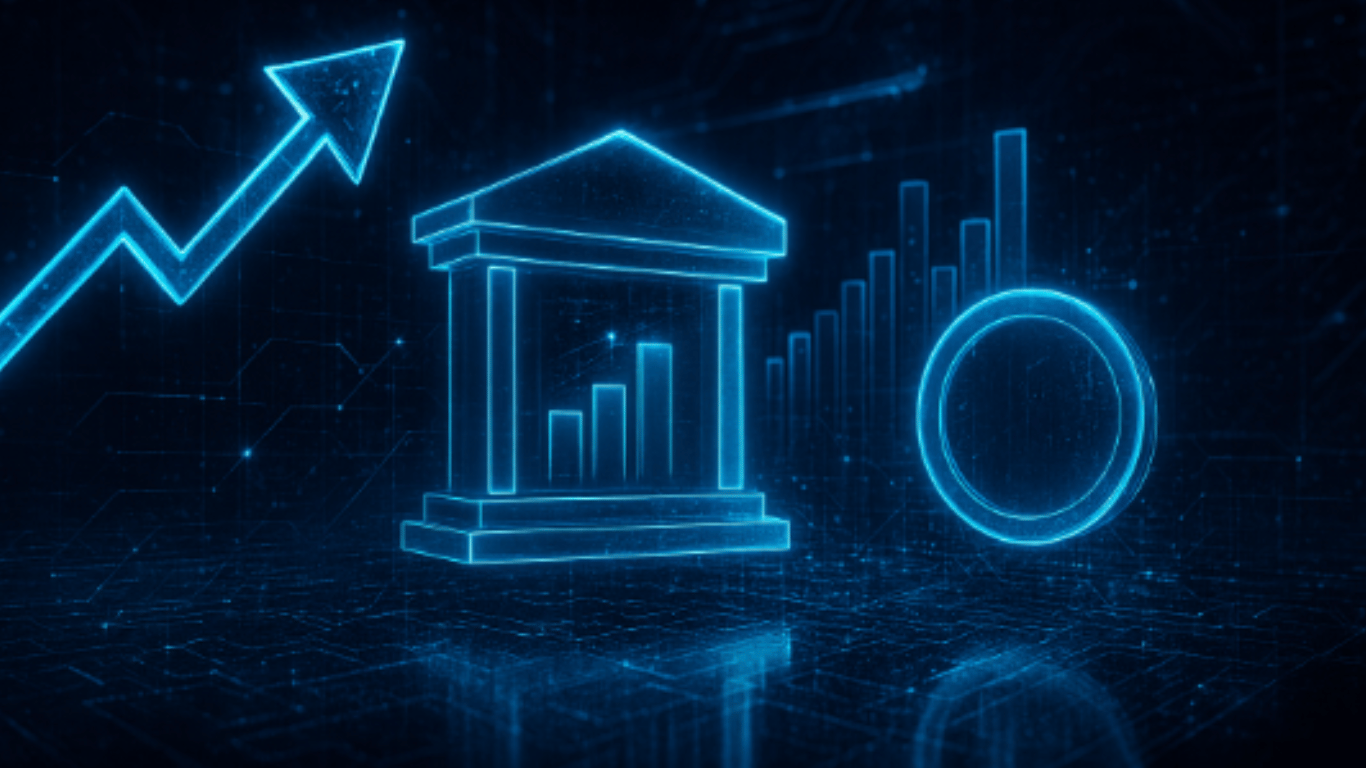Let's explore how cash advance apps can help you out of a tight spot and if they're the right choice for you.
What are cash advance apps?
Cash advance apps are mobile applications that send you money based on your banking history. Some of these apps are Earned Wage Access (EWA) apps. EWA apps let you access a portion of your upcoming paycheck before payday. They will only advance wages you've already earned but haven't received yet.
All cash advance apps aim to help you cover emergency expenses or cash shortfalls without resorting to high-interest credit. Unexpected expenses are a serious concern. The Pew Reseach Center found that 51% of Americans do not have emergency savings to cover three months of expenses. A major emergency expense is often unaffordable.
Say your car breaks down, and you don't have the money in the bank to fix it. A cash advance app can help you cover repairs and return to work. There's no credit check, and everything is done from your phone, making it incredibly convenient.
How do they work?
New cash advance apps typically link to your bank account and analyze your cash flow. Many apps require you to set up direct deposit to predict when your next paycheck will arrive. Some want you to link an electronic timesheet. Certain EWA apps only work through your employer.
The app determines how much money it can advance you based on pay information and your spending patterns. Funds are deposited into your account instantly or within one to three business days. Repayment usually happens automatically on your next payday.
Who is eligible?
Eligibility criteria vary by platform. Most apps require you to:
- Be over 18 years old
- Have an active bank account that is at least 30-60 days old
- Have a positive balance in your checking account
- Receive at least three recurring deposits from the same source
- Live in a state where the app operates
Unlike banks, cash advance apps focus more on your cash flow than your credit history, making them accessible to users with poor or limited credit.
Key features to look for in money apps
There are plenty of cash advance apps on the market. Here's a breakdown of the top factors to consider.
Fee structure
Instead of charging interest, most apps charge fees. It's common for apps to ask for a subscription fee or an optional tip. If the app is subscription-based, make sure it has other features you will use. If the app requests a tip, carefully consider how much to leave so you don't overpay.
Most apps also charge a fast-funding fee. You will have to pay extra if you need your advance instantly. Or you can wait one to three business days and receive the money for free.
Consider all the fees, which can add up and make advances expensive. For example, paying a $1 subscription fee, a $5 fast funding fee, and leaving a $3 tip on a $250 advance due in two weeks equals a 93.85% APR. Look for platforms with low costs and transparent pricing.
Funding timeline
How fast can you get your money? That's a critical question if you're short on cash. Most cash advance apps offer two types of delivery: standard (which can take one to three business days) and instant (which may arrive within minutes). If speed matters, look for apps that consistently offer fast, reliable funding at low to no cost.
Repayment flexibility
Most cash advance apps automatically withdraw the advance plus fees or tips from your bank account on your next payday. Some apps let you extend your repayment date if you need more time. Other apps are careful not to overdraw your bank account, or will reimburse overdraft fees. Most apps will not penalize you for paying late. Look for apps that let you adjust the due date and won't cause overdraft fees.
Loan amount
How much money can you access? Most cash advance apps only approve $20 to $250 for new users. Your advance limit can grow as your income becomes more predictable and you establish a positive repayment history. Certain apps advance anywhere from $500 to $1,000. Be sure to choose an app that scales with your needs.
Additional features
Beyond early pay advances, many apps now include budgeting tools, savings options, and credit-building features. These extras can help you improve your financial health.
For example, some apps help you create budgets, track expenses, and send bill reminders to avoid late fees. They may help you save by automatically setting aside small amounts of money or offering personalized savings recommendations. Others allow you to build credit with credit-builder loans or secured credit cards. They may also have credit monitoring services so you stay on top of your score. The more all-in-one the app, the more value you get out of it.
Pros
- Get cash quickly
- No credit check
- Easy to use
- Low fees
- Repayment is typically automatic
- Help avoid overdraft fees
- Some apps offer budgeting and savings tools
- Access grows with responsible usage
Cons
- Advance amounts are limited
- Fast-funding fee
- Tips and subscriptions can add up
- Repayment may cause cash flow issues on payday
- Limited customer support
- Not a long-term financial solution
- May encourage frequent borrowing
Should you use a cash advance app?
When you're in a financial pinch, cash advance apps can help you access the necessary funds before your next paycheck. There's no credit check. The service is instant and convenient. The fees can be low.
The key is to use these apps responsibly. They can help you with short-term cash flow needs, but are not a long-term solution. Relying on them too often can lead to a cycle of borrowing. Use them occasionally to cover emergency travel or to avoid overdraft fees. If you take one out, you must adjust your spending since your next paycheck will be smaller.
Using a cash advance app could be a smart solution if you have a steady income and need a temporary cushion. But if you're frequently short on funds, you need another answer. Speak with a credit counselor from a non-profit agency for help creating a budget or finding a second job. Cash advance apps will help you in an emergency, but they will not solve the issue of living paycheck to paycheck.













